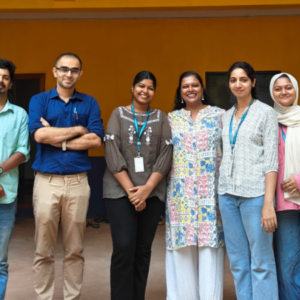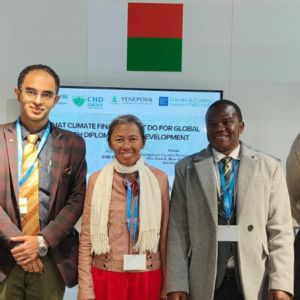Organ donation is “when a person allows an organ of theirs to be removed, legally, either by consent while the donor is alive or after death with the assent of the next of the kin.”
It is “the engraftment of human cells, tissues or organs from a donor to recipient with an aim of restoring function(s) in the body and is the most preferred treatment modality for all the end-stage organ diseases.”
For last couple of decades, organ donation has assumed public health significance due to an increasing gap in the need and supply of human organs. India needs about 3,27,500 organs every year, that is, 175 000 kidneys; 40 000–50 000 livers, 50,000 hearts, 50 000 lungs and 2500 pancreases whereas only 7936 kidneys, 1945 livers and 241 hearts, 191 lung 25 pancreases are transplanted annually.
Health System Building Blocks and Organ Transplantation in India
HEALTH SYSTEMS AND INFRASTRUCTURE: Organ transplants are available only in a few large private and public hospitals located in major cities. Although transplants in public sector hospitals are more affordable, these hospitals are fewer in number, grossly overburdened, and unable to provide services to all in need.
FUNDING AND RESOURCES: Public spending on healthcare in India is just about 1.5% of the gross national income, with most support going to national programs. There is no nation-wide reimbursement policy covering costs of organ transplantation, although dialysis is available free of charge or at subsidized rates through the National Dialysis Program. Approximately, 35% of the remaining patients in need have access to some form of medical insurance. However, not all insurance plans cover every aspect of treatment.
WORKFORCE: The number of transplant professionals is abysmally low in India, with a skewed distribution. There is also a shortage of trained supportive healthcare workforce, for example, transplant coordinators, counsellors, and social workers actively working in this field.
ACCESS TO MEDICINES, TECHNOLOGIES, AND DIAGNOSTICS: The broad availability of generic drugs reduces overall costs of immunosuppression; standard immunosuppressants are available in general country wide. Newer agents, such as Belatacept, are not yet available in India. Moreover, advanced immunological work such as screening for donor specific antibodies is offered only to those with the financial resources to pay for it. Basic diagnostic facilities are available in almost all secondary and tertiary hospitals. However, facilities providing advanced pre-transplant immunological work, molecular diagnostics, immunostaining for allograft biopsies, and extracorporeal therapies to manage sensitized patients are only available in few tertiary care hospitals and private institutes.
REGISTRIES AND INFORMATION SYSTEM: National level waitlists and reports from National Organ and Tissue Transplant Organization are yet to be published. Reporting on donor outcomes, in particular for living liver donors represents another gap.
NOTTO: Crucial to Regulate Organ Donation and Transplantation in India
National Organ and Tissue Transplant Organization is a national level organization set up under the Directorate General of Health Services, Ministry of Health and Family Welfare. The National Human Organ and Tissue Removal and Storage Network is a subdivision of this organization, which was formed as mandated by the Transplantation of Human Organ Act (THOA) amendment in 2011.
NOTTO, along with its subordinate organizations, Regional Organ and Tissue Transplant Organizations (ROTTO) and State Organ and Tissue Transplant Organisations (SOTTO), functions as a regulating body for donation and transplantation in the country.
The establishment of NOTTO was followed by the National Registry in 2015 that is National Organ and Tissue Transplant Registry (NOTTR).
There was a greater than 2-fold increase of deceased organ donors from 340 in 2013 (pre-NOTTO) to 875 in 2018 (post-NOTTO). The deceased organ donation rate went up from 0.27 to 0.65, and the total number of transplants went up from 4990 to 10,340 in the same period. Certainly, with 1.3 billion population, India is also lagging with respect to deceased organ donation with a rate of <1 per million population.
Pranav Kshtriya PT is currently pursuing his Masters in Public Health. His core interests lie in organ donation & transplantation, GIS, M & E and occupational health.
-
This author does not have any more posts.





